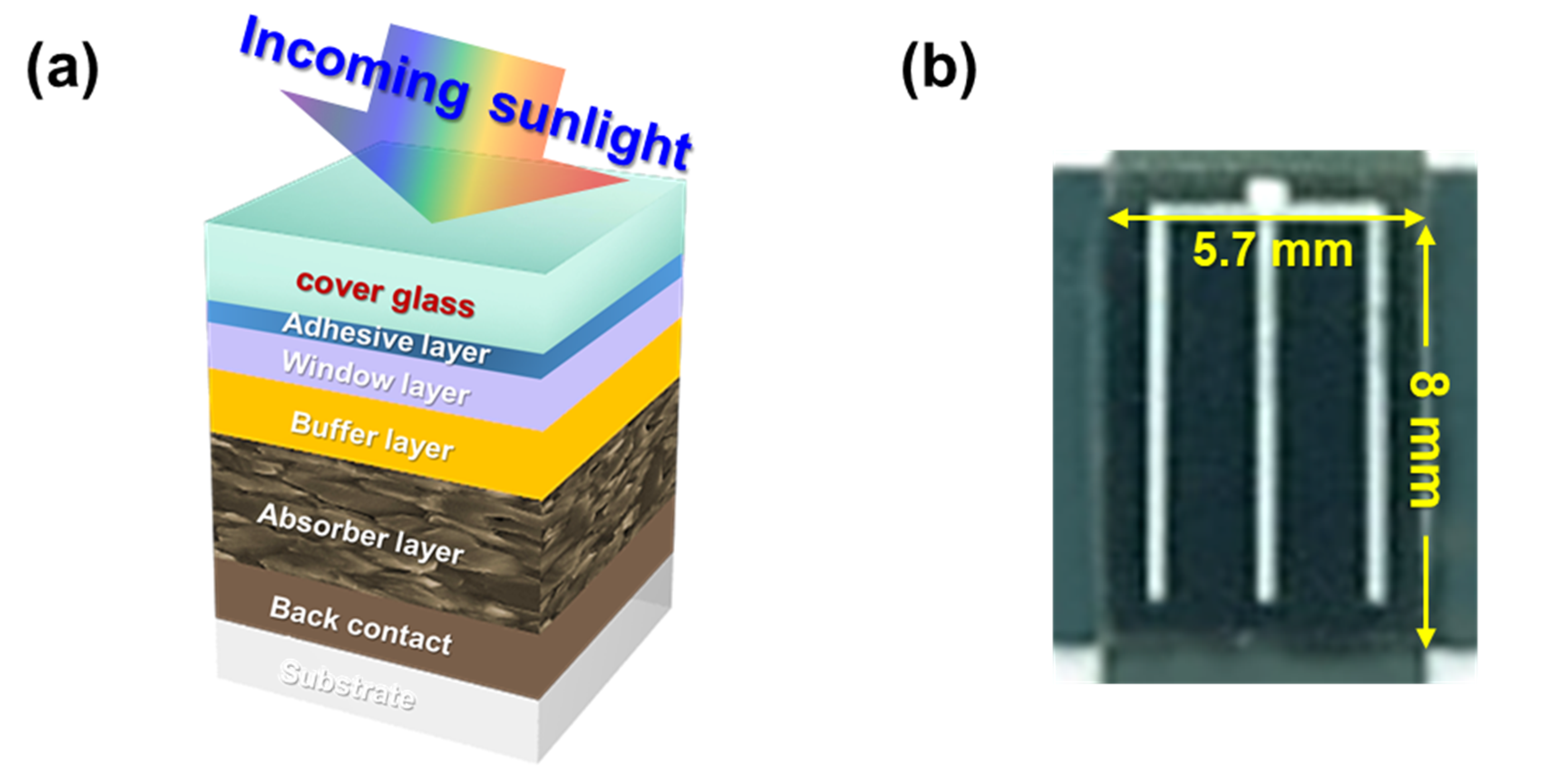

The ARCs prepared by sol-gel process and plasma-enhanced chemical vapor deposition (PECVD) on multicrystalline silicon substrate are compared. DMF solution solves the cracking problem, thus effectively decreasing reflectance as well as surface recombination. For further improvement of the antireflective coatings (ARCs) quality, dimethylformamide (DMF) solution is added to the original SiO2-TiO2 solutions. The combination of the common steps used for enhancing electrical properties with good luminescence and mechanical properties makes these films more attractive.Ĭomposite silicon dioxide-titanium dioxide (SiO2-TiO2) films are deposited on a large area of 15.6 × 15.6 cm2 textured multicrystalline silicon solar cells to increase the incident light trapped within the device. Furthermore, the effect of ALD coating and thermal treatment on adhesion and hardness of the coated nanopowder based films is investigated. Interestingly, by tuning the thickness of the coating layer, enhancement by 98% of the green upconversion emission can be obtained, it is proved that Al2O3 acts as a barrier to decrease the quenching of luminescence and promote the light absorption. It is concluded that ALD reinforced nanopowder thin films retained the original functionality of the nanopowder related to upconversion phenomenon. The influence of thickness layer and thermal treatment on upconversion luminescence and structural properties of the nanopowder-based films are studied. In addition, its potential application as a barrier from the surrounding environment helps to avoid the supressing of luminescence. The Atomic Layer Deposition (ALD) layer of Al2O3 material followed by thermal treatment is used as an important tool for Si passivation through defects reducing. This nanopowder based thin film is formed through an optimization of the dispersion (pH, ultrasonication) and deposition (spin coating parameters) steps of the elaborated upconversion nanopowder. For the nanopowder based thin film, TiO2 is chosen as host material and Er3+/Yb3+, embedded as activator/sensitizer, to play the role of spectrum modifier. The structural, morphological and composition properties after every step of the proposed approach are examined in details. In this context, the work of this PhD thesis aims to develop coated upconversion nanopowder based thin films to extend the spectral sensitivity of solar cells to the NIR (Near Infra Red) spectrum.The idea is to investigate the efficiency of a low temperature procedure to get an efficient upconversion emission that can be used to improve the performance of Si solar cells.

To address this issue, special attention is given to the upconversion luminescence process in which the sequential absorption of two or more photons leads to the emission of light at shorter wavelength (Visible) than the excitation wavelength (Near Infra Red) that can be reabsorbed by the cell. Unfortunately, one of the main drawbacks of Si solar cells is their limited efficiency absorption of long wavelength sunlight. Using photovoltaic cells, the energy of sunlight can be converted into electricity. Solar energy remains one of the most common renewable energy sources. Broadband reflection between 3 nm wavelengths has been suppressed to 2% for nano-grass Solar cell and maximum efficiency of 16.57% is achieved. Eventually all the spin doped silicon nano-grass solar cell with sol–gel Al2O3 passivation provides a very promising route of cost effective high efficiency silicon solar cell technology. Later front surface has been passivated by sol–gel Al2O3 passivation. The sheet resistance of the nano-grass silicon wafer is varied with respect to different spin-on diffusion profile. Adopting the idea by simulation method this paper has reported silicon front sided nano-grass n-type c-Si solar cell by spin on diffusion source and rapid thermal annealing. The detrimental effect of nano-grass formation on both side of the wafer is briefly demonstrated here by simulation methods. This results in ultimate reduction of efficiency. During this chemical etching unwanted nanograss is formed on both side of the wafer, resulting considerable transmission loss from rear side. Highly ordered silicon nano-grass is formed by chemical etching process. Silicon nano-grass Solar cell has the advantage of enhancing efficiency with cost effective method.


 0 kommentar(er)
0 kommentar(er)
